Discover the top 10 plants NASA recommends for air purification. Easy to care for and perfect for cleaner indoor air—start growing today!

Hey there, fellow plant lovers! I’m Ashley Scott, and with 10 years of gardening experience under my belt, I’ve learned a thing or two about how plants can transform our lives. Today, I’m excited to share a list of 10 Plants NASA Recommends for Air Purification that can freshen up your indoor spaces. Did you know the air inside your home can sometimes be more polluted than outside? The Environmental Protection Agency (EPA) says indoor air pollution is a top health risk. But don’t worry—nature’s got your back!
Back in the late ‘80s, NASA conducted the NASA Clean Air Study to find natural ways to clean the air in space stations. Turns out, certain plants are superheroes at removing toxins like formaldehyde, benzene, and ammonia from the air. I’ve used many of these plants in my own home, and I can’t wait to tell you about them. Whether you’re a beginner or a seasoned gardener, these air purifying plants indoor are easy to find in the USA, low-maintenance, and perfect for cleaner air. Let’s dive in!
Why Plants Are Air-Purifying Champs
Plants don’t just look pretty—they work hard to filter out harmful chemicals and boost oxygen levels. Through photosynthesis and a little help from their soil microbes, they tackle pollutants that sneak into our homes from furniture, paint, or cleaning products. NASA’s research pinpointed plants that excel at this, making them NASA approved plants for bedroom or any room you want to freshen up. Ready to meet the top 10? Here they are!
The Top 10 NASA-Recommended Air Purifying Plants
1. Snake Plant (Sansevieria trifasciata)
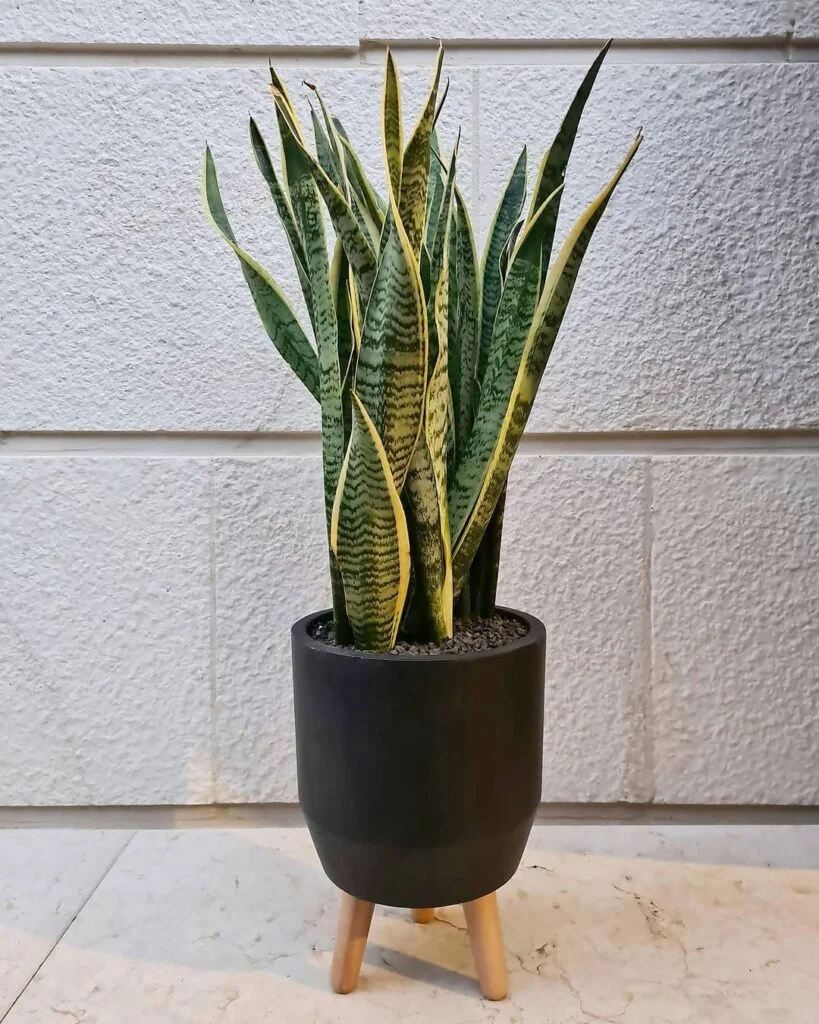
Common Name: Mother-in-Law’s Tongue
Air-Purifying Superpower: Removes formaldehyde, benzene, and trichloroethylene
I’ve got a snake plant in my bedroom, and it’s a total rockstar. With its long, upright leaves, it’s not just a looker—it’s a low maintenance indoor plant for clean air. NASA loves it for its ability to purify air even at night, releasing oxygen while you sleep.
Care Tips:
- Water: Let the soil dry out completely between waterings.
- Light: Thrives in bright, indirect light but handles low light like a champ.
- Temperature: 60-80°F (15-27°C).
Want more tips on easy-care plants? Check out my guide on Why Are My Snake Plant Leaves Curling Inward?.
2. Spider Plant (Chlorophytum comosum)
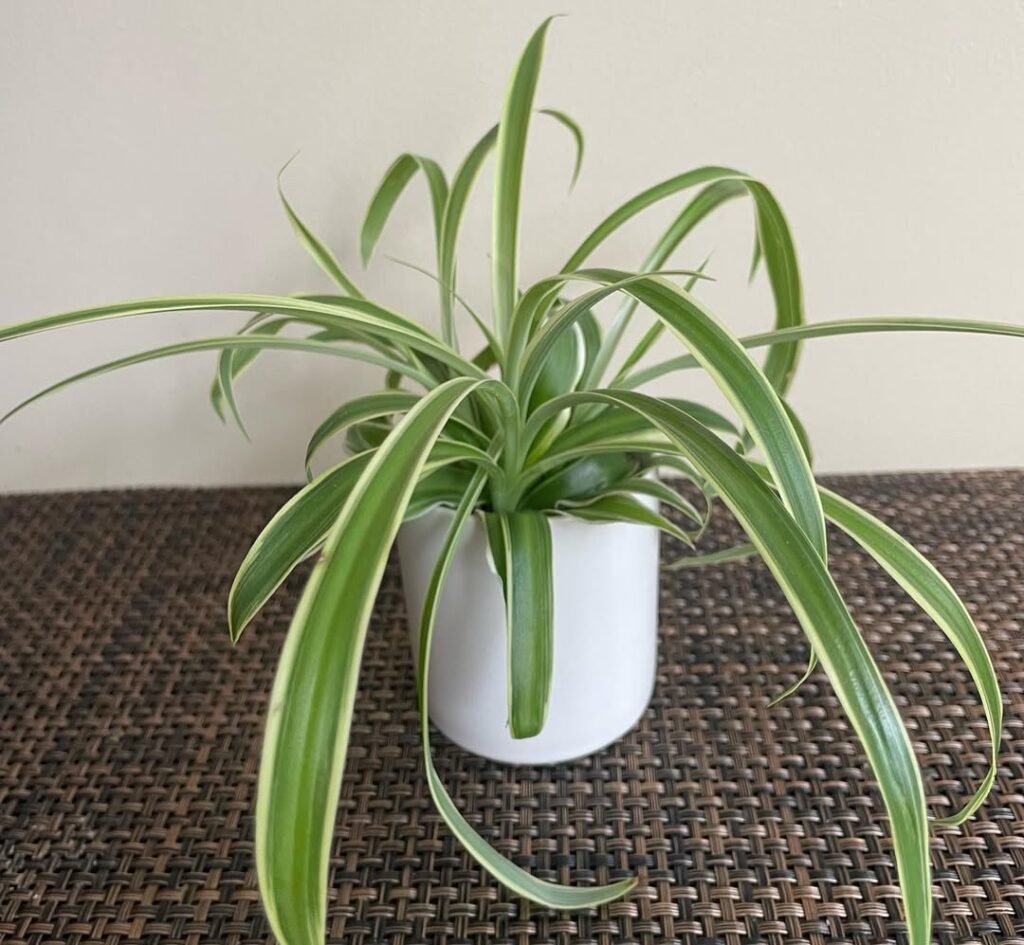
Common Name: Spider Plant
Air-Purifying Superpower: Clears formaldehyde and xylene
This plant’s arching leaves and tiny “spiderettes” make it a fun addition to my living room. It’s forgiving, so it’s perfect if you’re new to gardening. NASA found it’s a pro at scrubbing pollutants, making it a top pick from the NASA air purifying plants list.
Care Tips:
- Water: Keep soil moist but not soggy.
- Light: Loves bright, indirect light but tolerates low light.
- Temperature: 60-75°F (15-24°C).
Want more tips on easy-care plants? Check out my guide on How To Propagate Spider Plants: A Complete Guide
3. Peace Lily (Spathiphyllum)
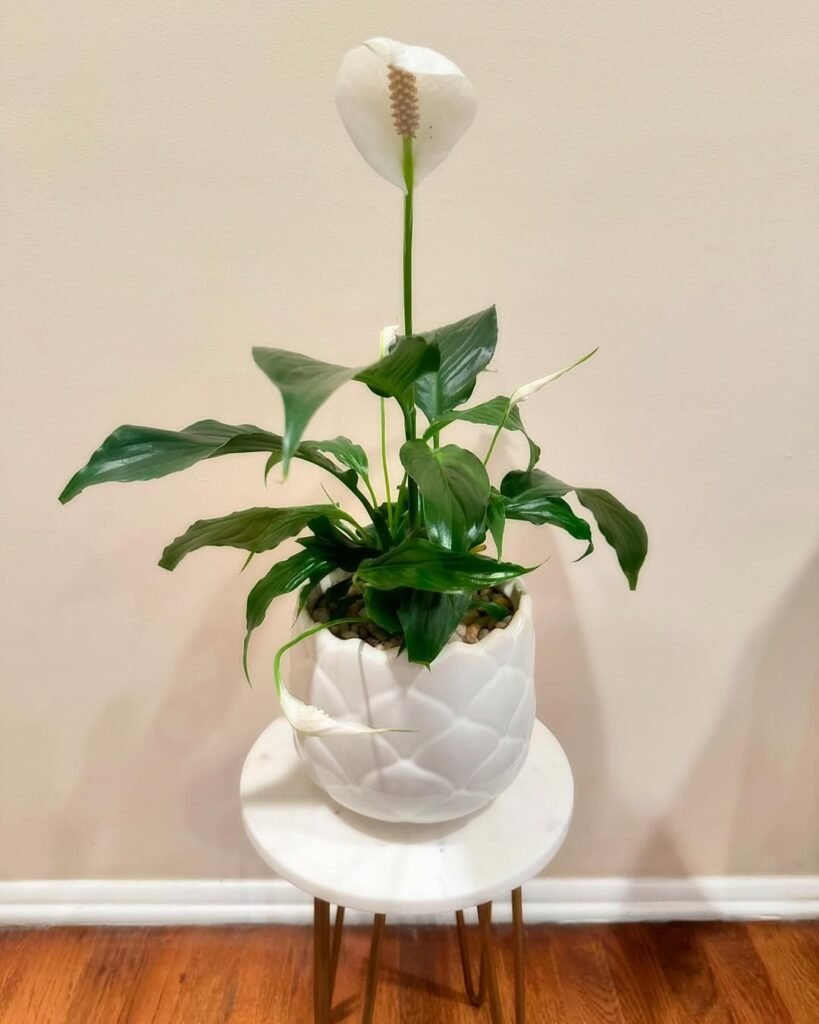
Common Name: Peace Lily
Air-Purifying Superpower: Removes ammonia, benzene, formaldehyde, and trichloroethylene
My peace lily sits in my office, blooming with white flowers even in low light. It’s a NASA recommended plant for indoor spaces because it tackles a wide range of toxins. Plus, it’s gorgeous!
Care Tips:
- Water: Keep soil moist—don’t let it dry out too much.
- Light: Prefers low to medium light.
- Temperature: 65-80°F (18-27°C).
Want more tips on easy-care plants? Check out my guide on How to Get More Flowers on a Peace Lily: Expert Tips for a Blooming Plant
4. Boston Fern (Nephrolepis exaltata)
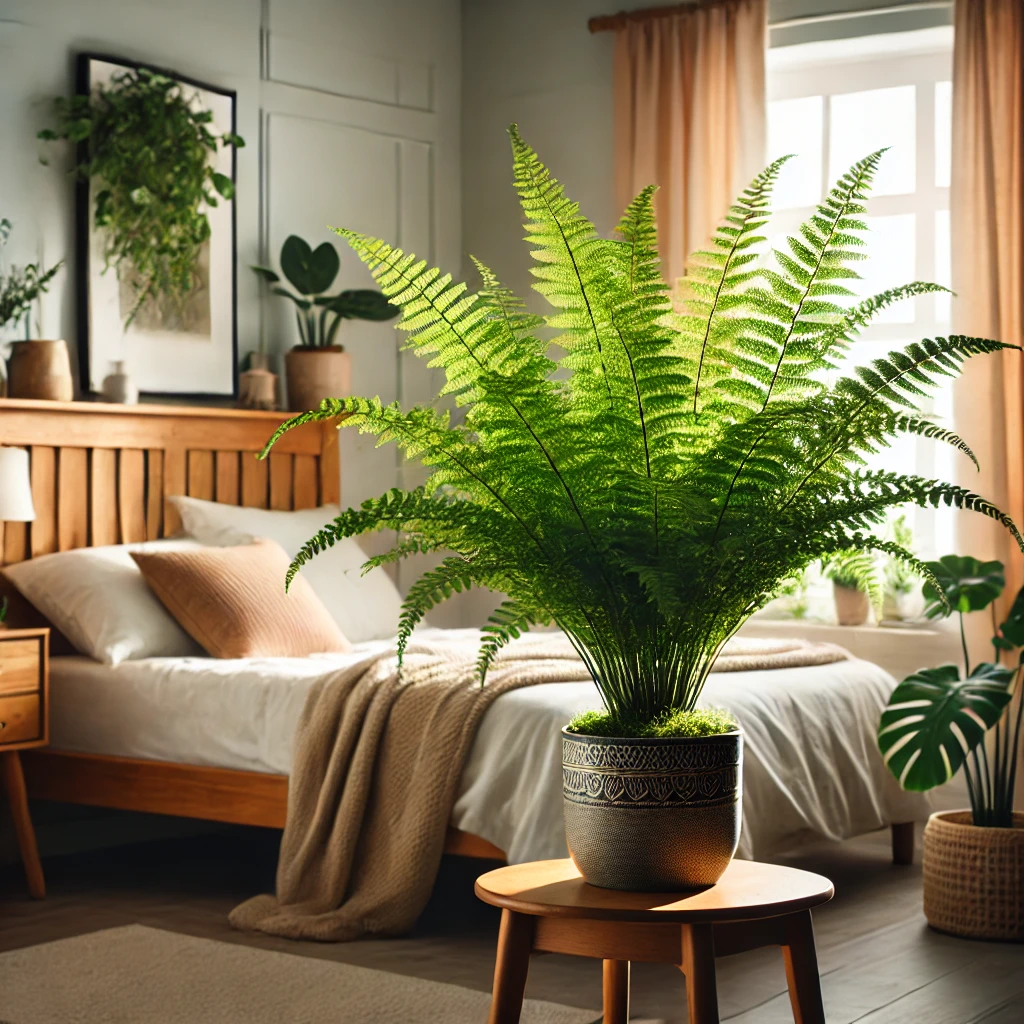
Common Name: Boston Fern
Air-Purifying Superpower: Filters formaldehyde and xylene
Hanging in my bathroom, my Boston fern loves the humidity and adds a lush vibe. NASA praises it for air purification and adding moisture—perfect for dry winters.
Care Tips:
- Water: Keep soil consistently moist.
- Light: Bright, indirect light is best.
- Temperature: 60-75°F (15-24°C).
Learn more about plant benefits in my article on Air Purification with Plants.
5. English Ivy (Hedera helix)
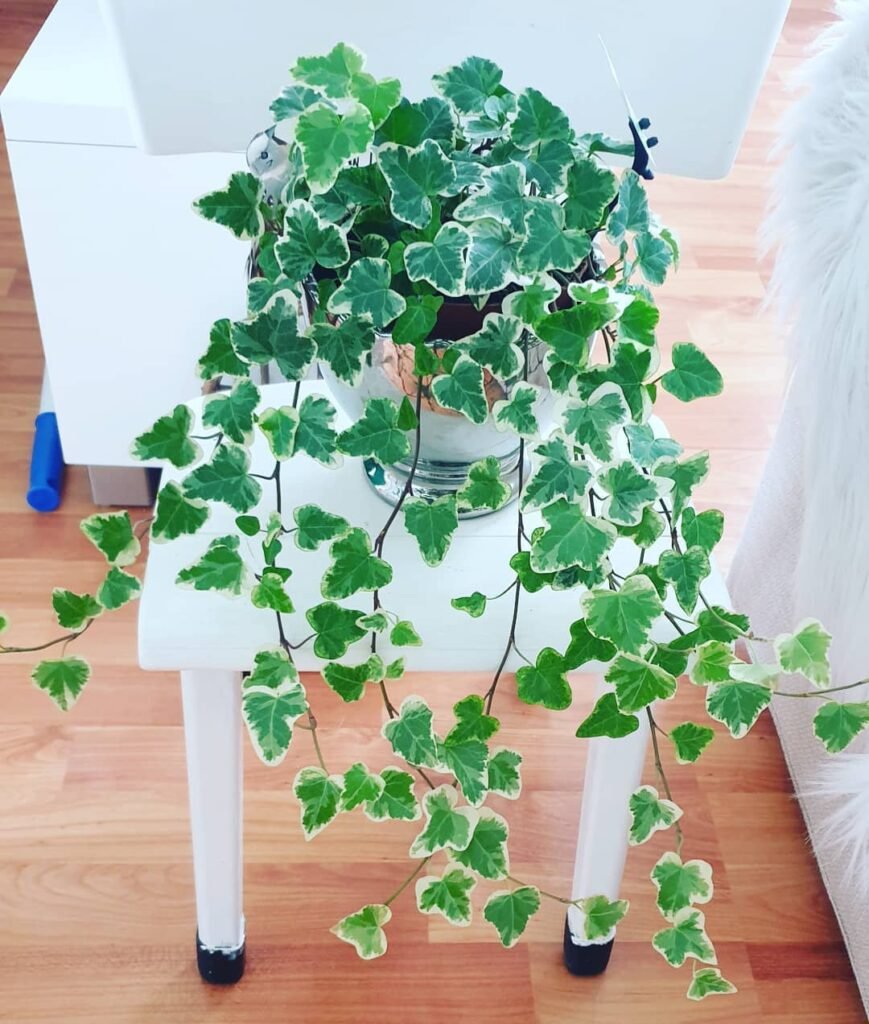
Common Name: English Ivy
Air-Purifying Superpower: Removes formaldehyde, benzene, and trichloroethylene
I’ve trained my English ivy to climb a small trellis in my living room—it’s stunning! NASA lists it as a top air cleaner, and it’s widely available across the USA.
Care Tips:
- Water: Moist soil, but don’t overdo it.
- Light: Bright, indirect light or low light works.
- Temperature: 50-70°F (10-21°C).
6. Rubber Plant (Ficus elastica)
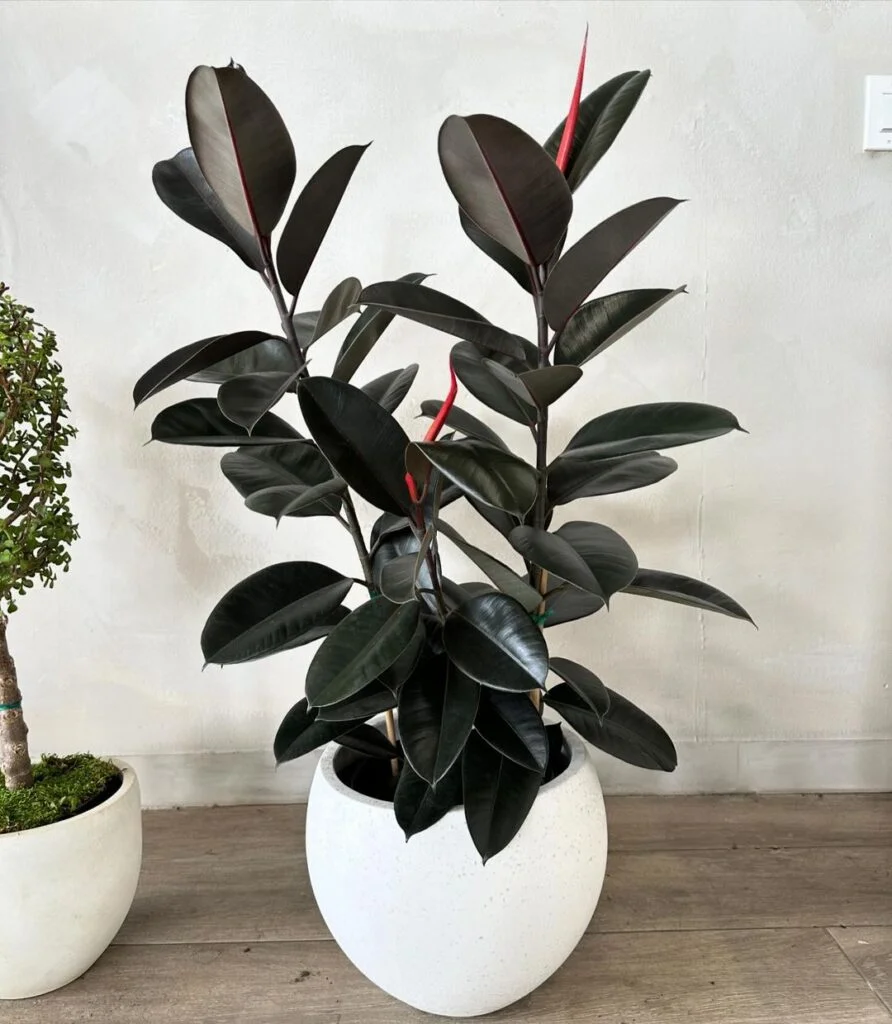
Common Name: Rubber Plant
Air-Purifying Superpower: Removes formaldehyde
With its big, glossy leaves, my rubber plant is a showstopper in my bedroom. NASA highlights its air-cleaning skills, and I love how it adds drama to any space.
Care Tips:
- Water: Let soil dry slightly between waterings.
- Light: Bright, indirect light.
- Temperature: 60-80°F (15-27°C).
7. Golden Pothos (Epipremnum aureum)
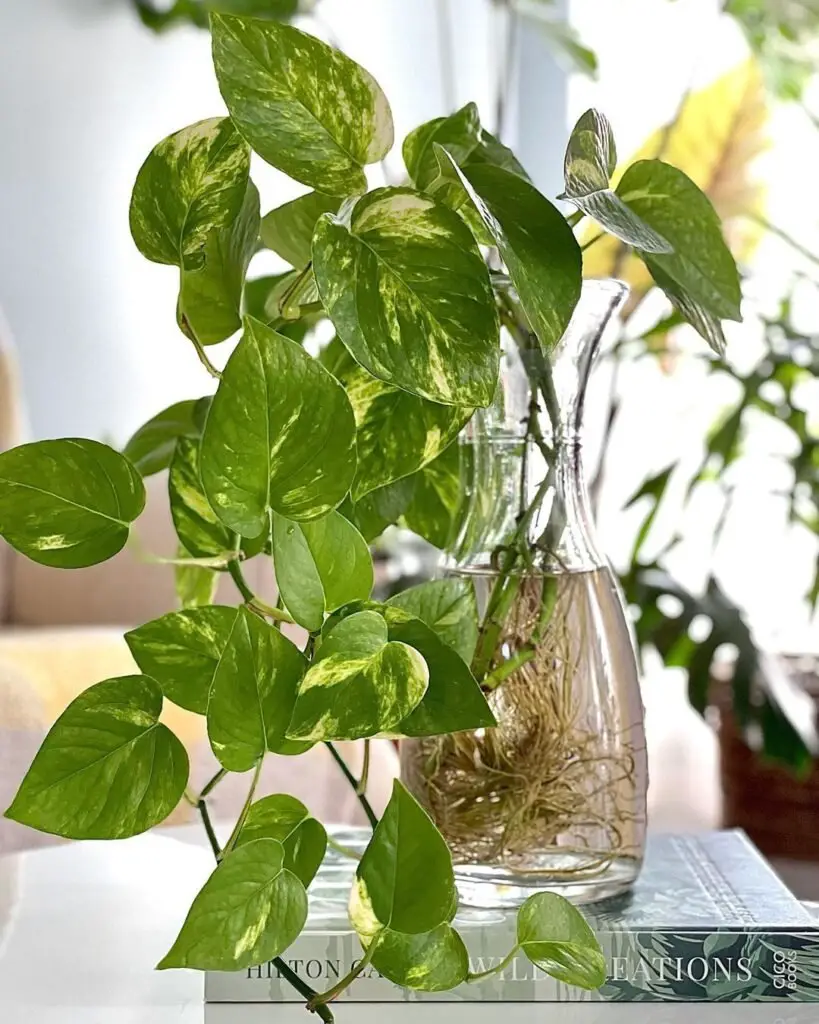
Common Name: Devil’s Ivy
Air-Purifying Superpower: Clears formaldehyde, benzene, and xylene
Trailing from a shelf in my kitchen, my golden pothos thrives in low light. It’s a NASA top 10 air purifying plant that’s super easy to grow—perfect for busy folks!
Care Tips:
- Water: Let soil dry out a bit between waterings.
- Light: Low to medium light is fine.
- Temperature: 60-80°F (15-27°C).
8. Chinese Evergreen (Aglaonema)
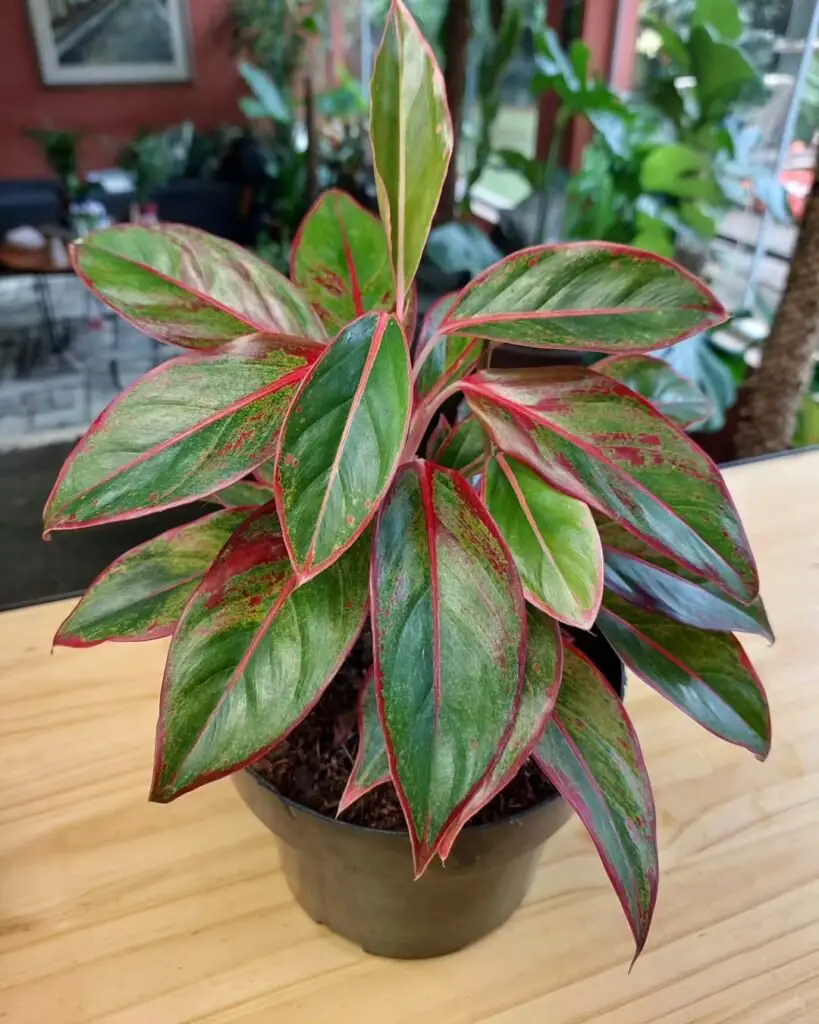
Common Name: Chinese Evergreen
Air-Purifying Superpower: Removes benzene and formaldehyde
The variegated leaves of my Chinese evergreen brighten up my office. NASA loves its durability and air-cleaning power, making it a great choice for beginners.
Care Tips:
- Water: Keep soil moist but not waterlogged.
- Light: Low to medium light.
- Temperature: 65-75°F (18-24°C).
Learn more about Peace Lily vs. Chinese Evergreen in my article on Peace Lily vs. Chinese Evergreen : Key Differences and Choosing the Right Plant
9. Bamboo Palm (Chamaedorea seifrizii)

Common Name: Bamboo Palm
Air-Purifying Superpower: Filters formaldehyde, benzene, and trichloroethylene
My bamboo palm stands tall in my living room, giving off tropical vibes. NASA ranks it high for air purification, and it’s a USA favorite for indoor greenery.
Care Tips:
- Water: Moist soil is key.
- Light: Bright, indirect light.
- Temperature: 65-80°F (18-27°C).
10. Red-Edged Dracaena (Dracaena marginata)

Common Name: Red-Edged Dracaena
Air-Purifying Superpower: Removes formaldehyde, benzene, and trichloroethylene
With its striking red-edged leaves, my dracaena adds flair to my bedroom. It’s on NASA’s list for its air-cleaning prowess and easy care.
Care Tips:
- Water: Let soil dry slightly between waterings.
- Light: Bright, indirect light.
- Temperature: 65-75°F (18-24°C).
Why These Plants Matter for Your Home
These NASA air purifying plants pdf-inspired picks aren’t just science-backed—they’re practical for everyday life. I’ve seen firsthand how they brighten my home and make the air feel fresher. They’re affordable, widely available at garden centers across the USA, and suit our varied climates. For more plant science, check out the Missouri Botanical Garden or Gardening Know How.
Final Thoughts
Adding these 10 Plants NASA Recommends for Air Purification to your home is a win-win: cleaner air and a touch of nature. Whether it’s the tough-as-nails snake plant or the elegant bamboo palm, there’s something here for everyone. I’ve loved experimenting with these in my own space, and I hope you’ll give them a try too! Your lungs—and your decor—will thank you.
For more gardening inspo, visit Royal Horticultural Society or dive into the EPA’s take on Indoor Air Quality.





3 Comments on “10 Plants NASA Recommends for Air Purification”